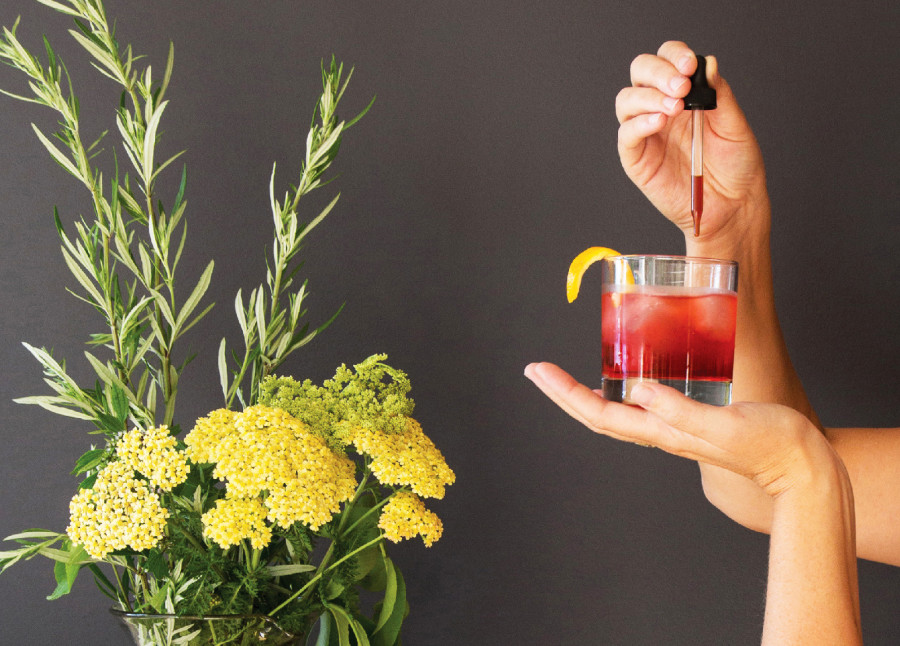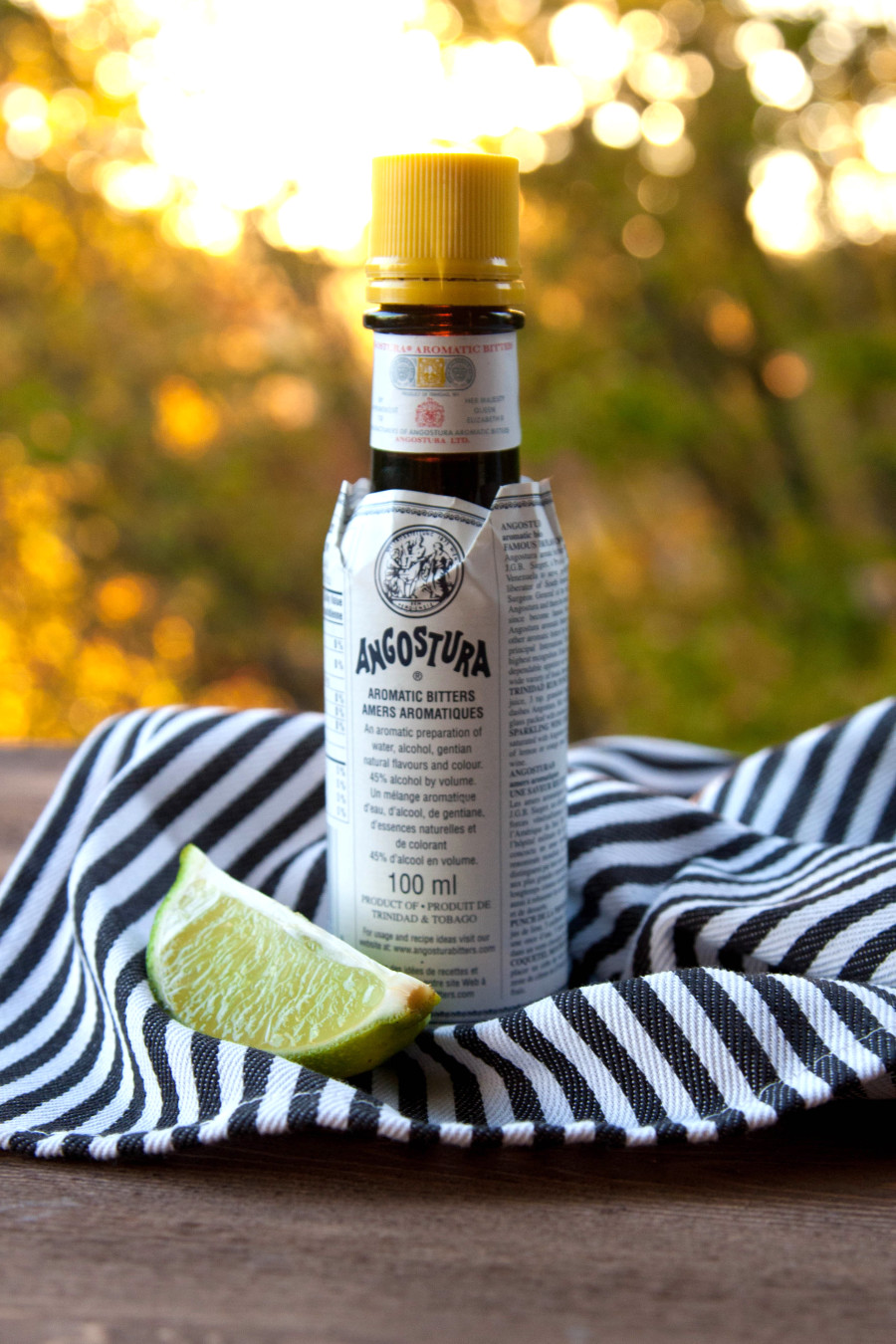Text by: Michelle Fierro, Bar Owner & Bartender at The Black Orchid Lounge
Every time I get to bartend at my bar, I always get this familiar and often asked question from my patrons: “What is that bottle of?”—all the while pointing at the slim and covered in drippings from the use of Angostura bitters that I just used on their cocktail. Obviously, the answer is:
This is a bottle of Angostura bitters.
Which is always followed by the next question: “What is Angostura bitters?” This is when it gets a bit complicated, not because of the simple answer of “it’s an aromatic flavoring agent that compliments the liquor and all the other mixers that make the cocktail,” but because bitters are so unique, complex, amazingly full of history and do so much for a drink that my answer never gives them justice. So then, let me dive a bit into it and tell you why this is an ingredient that keeps popping out in every bar in town and is making a strong and well deserved comeback.
In the beginning of the cocktail fame, not just after prohibition, more like closer to the 1700’s, bitters were created with the intention of medicinal purposes and advertised as a cure for hangovers. Their base consists of infused elements in a high-proof alcohol solution with botanicals such as roots, spices, tree barks, leaves, fruit peel, seeds, herbs and flowers. They had a reputation of the perfect cure for whatever you suffer from. Even now, I personally use them as a cure for bad indigestion (which by the way, I highly recommend).
The use of these botanicals dates back centuries. Even monks have created their own versions of bitters such as the popular one, Green Chartreuse, among other potent potables that now adorn the shelves of a lot of bars.
In order to understand bitters, one must eliminate the fallacy that bitter is not something one wants to taste in a cocktail. Yes, once our palate gets a bit of a bitter taste, a red warning light goes off in our head—mostly because that is usually an indication to our brain that what we are about to ingest is either weird, bad, toxic or even poison. In Actuality, Bitterness is not necessarily a bad thing; one can always enjoy the bitterness of a cup of coffee, a dark chocolate, a fruit or an herb, etc. One big misconception is that the use of bitters in a drink will make the flavor completely bitter and almost impossible to drink when it actually it will bring such a unique note and compliment the flavors that you will want to order another.
Bitters are a unifying ingredient, known as non-potable because of their high content in alcohol and concentrated flavor, unlike their counterparts—the potable bitters like aperitifs such as Averna, Campari, Fernet and others that are meant to be enjoyed by sipping.
Bitters have also been famous among cooks, since it has also been used in the kitchen for many years in order to compliment dishes, and of course bartenders like us in order to create some interesting drinks. Nowadays, mixologists and avid fans of the drink are now tending to their kitchen in order to create some unique bitters of their own, getting creative and using ingredients such as mole, chiles, tropical fruits, hops and even tobacco.
Famous bitters brands like Angostura, The Bitter Truth, Fee Brother’s, Bittermens and some local ones as well are now expanding and creating more and newer versions of this solution only to help us give to you, our faithful drinker, something to look forward to when you come into our bars and order that Manhattan that you so love…or if you have a tummy ache.




